Timeline
The timeline first, according to AAS news reports and features:
- 2nd December, 2008. The N97 is announced, two and a half years ago.
- 19th June, 2009. The N97 is finally available, almost seven months later, though free RAM was low and there were lots of bugs.
- 27th October 2009. v20 firmware is released, adding full kinetic scrolling and plenty of performance optimisations. At this point, the N97 was very useable.
- 1st July 2010. v22 firmware is released, adding free Ovi Maps navigation and further RAM optimisations. For users prepared to do a hard reset and rebuild, they'd initially have 55MB free on disk C: and almost 60MB of free RAM. An improvement all round, but both figures were starting to look low in the light of expectations and use cases.
Mistakes
So that's about a two year lifespan to today, which you might have thought fair enough, but it's probably true that the N97 was only really useable for period of about a year from Oct 2009 to Oct 2010. The two central Achilles Heels of the N97 are that, like several other S60 5th Edition smartphones, its architecture was steadfastly built around 128MB of RAM and an internal disk that only started with 50MB or so free. Now, with just the built-in applications of the time (assuming they'd already been optimised) and ignoring the (then) new widgetised homescreen, those specifications would have been just about adequate. As indeed they have been for the majority of Nokia 5800 owners.
But add in:
- the new RAM-hungry homescreen (using anything from 5MB to 15MB, depending on what widgets you had installed)
- versions of Nokia Email and Nokia Maps and Ovi Store that all started to need more and more space on C: and more RAM
- web pages that were becoming ever more bloated in terms of byte size and embedded objects
- the appearance of Qt and other runtimes that (again) all needed space on the system disk
... and you can see that the N97 started running into real trouble. It's true that many of the same issues should have affected the 5800 too, but then that tended to be used by far more casual users, only using some of the more basic functions most of the time - the N97 was for geeks and Nseries tech fans. Who, naturally, wanted to push the device more - and found that it hit the buffers all too quickly.
What should have happened, of course, was that, at the very least, someone in the N97 product team should have said, in the first half of 2008 "You know, I think users might need more memory - RAM and system disk space - otherwise they're going to run out!" But, at the time, there was no Nokia Email, no Qt runtimes, Nokia Maps was relatively svelte, web pages were somewhat less ambitious, and so on. So noone triggered a warning bell.
Instead, it was in the first few months after release that the penny started to drop and, even then, users started getting very low on internal disk space. It really was an issue, it seemed, and so on the N97 mini (and subsequent S60 5th Edition devices, like the X6) came with an extra 256MB of system disk space, which remains enough to this day. So the lesson was learned, but it was a very expensive one.
RAM was still limited by the S60 5th Edition architecture, it seemed, and every such device from Nokia has had to make do with 128MB - for everything. It's still a problem when you start pushing one of these devices, with large apps closing down in the background - annoyingly. This limit was only raised (by Nokia) in their new Symbian^3 architecture and devices. Curiously, Samsung and Sony Ericsson had no problems putting in 256MB of RAM in their S60 5th Edition phones, so I do wonder how hard Nokia had been trying....
Other mistakes were less technical and were more easily rectified. The camera glass cover scratched the very thing it was supposed to protect - cue a redesigned cover, fitted after about October 2009. The GPS antenna was under-sized and badly shielded from the N97's main circuitry - cue a re-designed antenna and the addition of a special shield around it so that it was less affected by stray electronic RF signals.
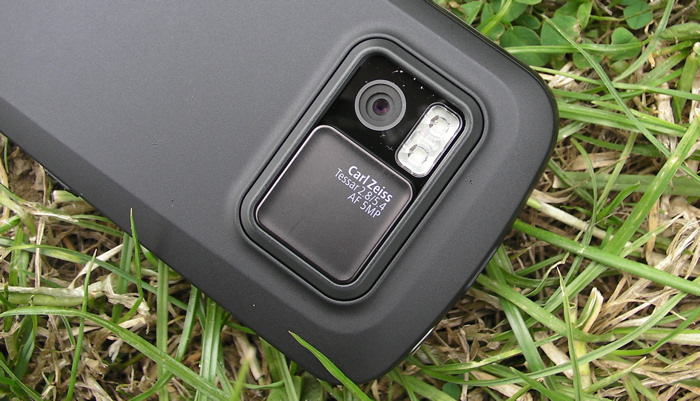
Resistive touch
Also perhaps coming under the category of 'mistake' was the use of a resistive touchscreen, though at the time there were no swiping motions in S60 5th Edition - it was all tap, tap, tap, something that resistive screens are very good at, especially with a stylus - something that the 5800 shipped with! The iPhone UI changed expectations though, and as of v20 firmware swiping and kinetic scolling was firmly now part of Symbian - yet the Nokia phones were saddled with a resistive screen that was great in temperature and humidity extremes, but which was fragile and relatively unresponsive to the new, more sophisticated gestures needed in a 2010 UI.
All of which was fixed in the N97's replacements, the N8 and E7 (though would have been nice to have combined more of the features into the one device - in fact, it's a compliment to the N97 that it needed two devices to replace it....)
____
Other defects were less obviously design decisions and simply trade-offs. The tinny speakers, for example, had no room left for any kind of acoustic cavity. The plastic battery back allowed RF through and added minimal bulk. And so on.
The upshot, though, was that, especially after summer 2010, with Nokia's software releases and runtime decisions, the N97 became less and less practical for using it was anything other than a basic messaging phone and camera. The N97 mini solved enough of the issues that I voted it my no. 1 phone in the world for a brief period, in January 2010 - but even the N97 mini had ghosts of its own - namely the appalling battery life, something which I don't think Nokia ever really addressed head-on.
What can be done?
Well, in the light of the litany of problems above - not a lot. Unless you're prepared to ignore some of the software Nokia provide and go down the third party route (especially for email). I did an extensive piece on Pimping the Nokia N97 back in February and most of this is still very valid. But you're still fighting against the prevailing tide, to be honest.

____________________________________
So... What should replace the N97 in your pocket?
If you love the N97 form factor (i.e. large touchscreen and full Qwerty keyboard) but want shot of the resource problems, then the N97 mini is still an option, coming in around the same price on eBay, second hand, as the 'classic'. OK, you'll lose the FM transmitter and 'hero' battery, but you do gain more internal disk space and a brighter, more vivid screen - indoors. So, a valid option - but do get a spare battery from a reputable seller - you'll need it. Though do note that some Qt-written applications are still not available for the N97 mini, despite its more capacious internal disk.
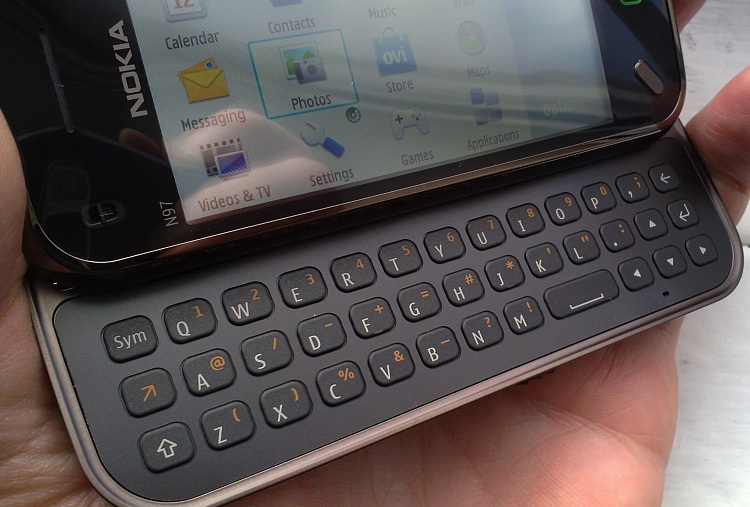
With a very similar mechanism, there's the brand new (and still relatively expensive) Nokia E7, with far better software and compatibility but you're limited on overall capacity, again there's no FM transmitter, and the camera's very limited compared to the N97's magnificent Carl Zeiss 5mp affair. AND you can't change the battery. Still - a lovely screen and keyboard.
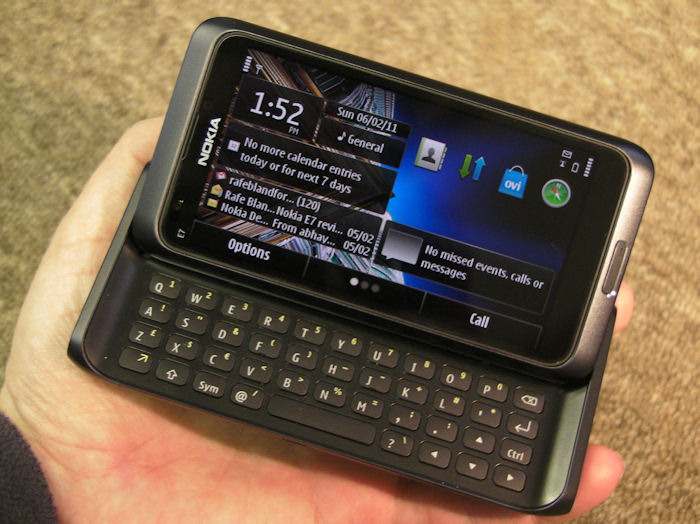
There are a few options on other mobile OS that are worth considering. The HTC Desire Z (running Android, disappointing screen, bulky and heavy, poor key legend visibility and use, poorish camera, appalling speaker), the Motorola Milestone 2 (running Android, heavy and clunky design, Motoblur UI layer often annoys) and the HTC 7 Pro (running Windows Phone 7, with update to 'Mango' this Autumn, lovely keyboard, 'interesting' slide mechanism, but usual HTC component quality issues, as per Desire Z).
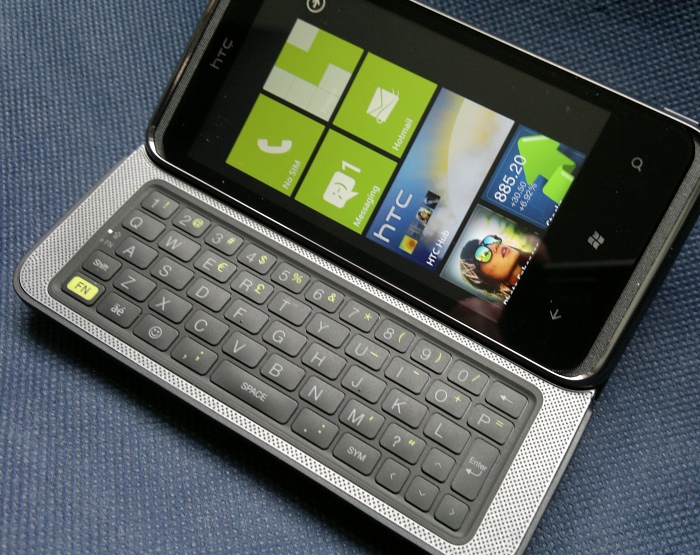
But whether you look within the Symbian world or even out to the wider mobile world in 2011, nothing (sadly) really gets remotely close to the 2008/2009 N97's overall specification (RAM/C disk limitations apart). The N97 really was the device that should have ruled the world - it had, almost literally, everything. And yet it became the one device that Nokia had to (literally) apologise for, publicly. The one device that became a millstone around its neck. The one device everyone quotes when they want to mock Nokia for the problems it faced in transitioning from a non-touch version of S60 to a touch implementation.
Very, very sad. I give you, then, the Nokia N97 classic - R.I.P.
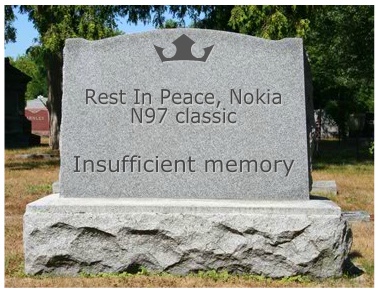
Steve Litchfield, All About Symbian, 8 August 2011
PS. Comments welcome if you can think of a more valid and appropriate upgrade from the Nokia N97 classic.

